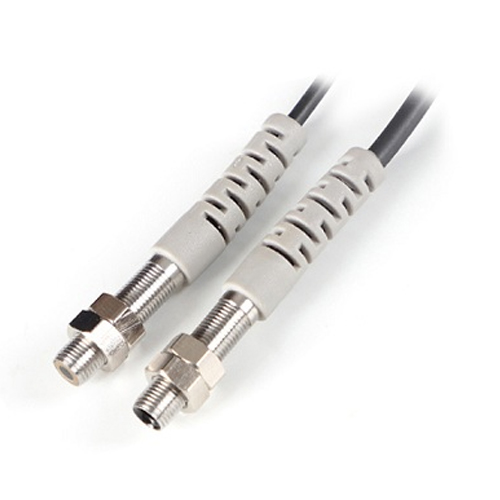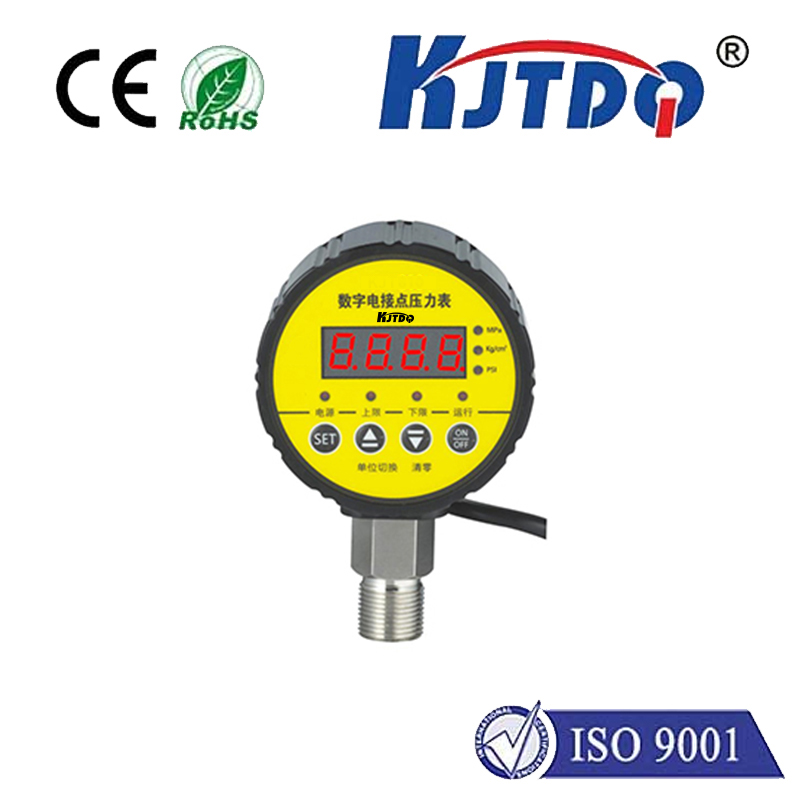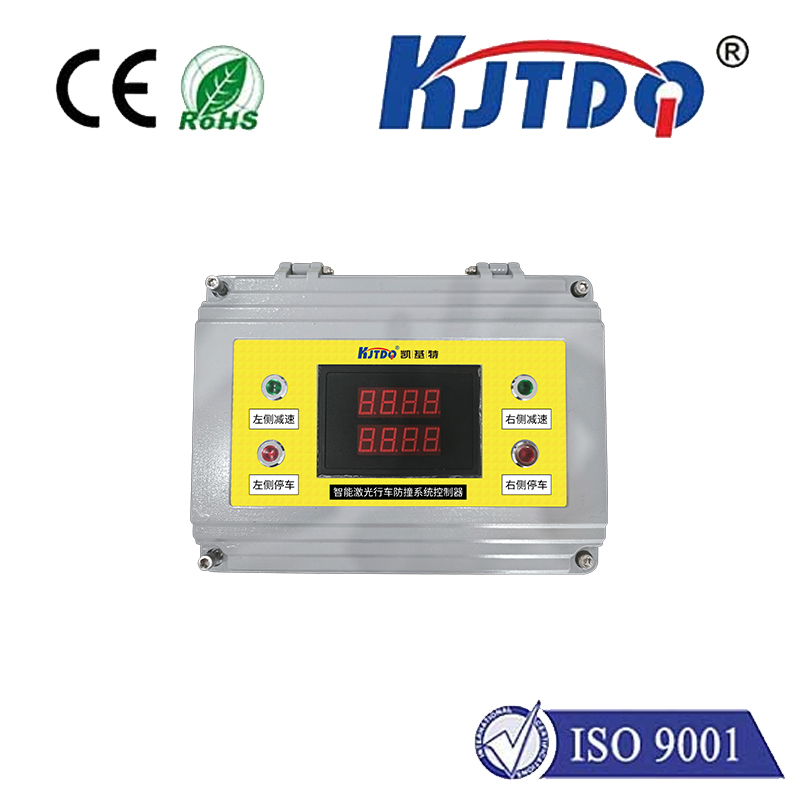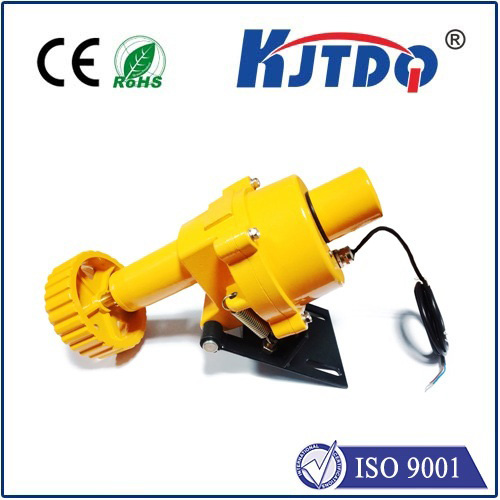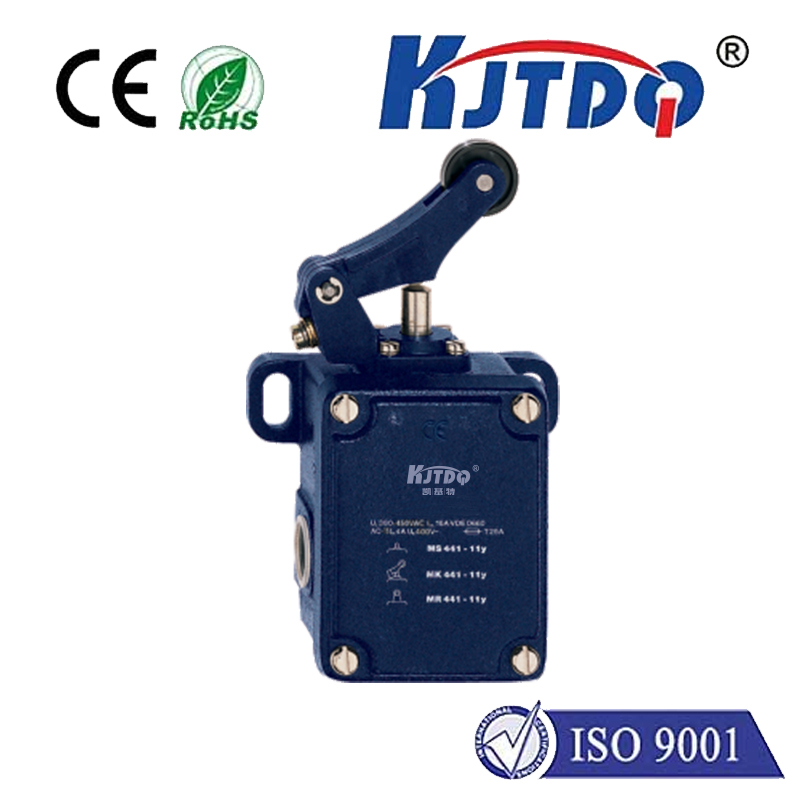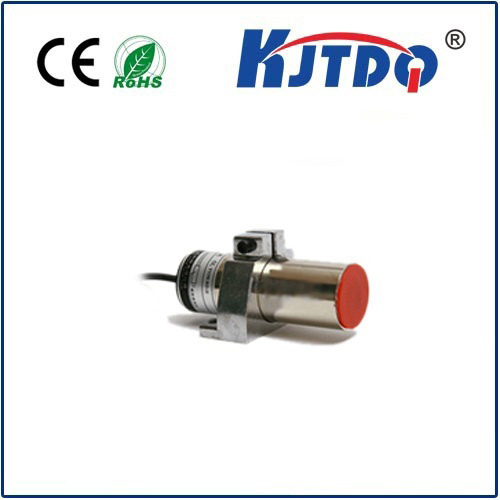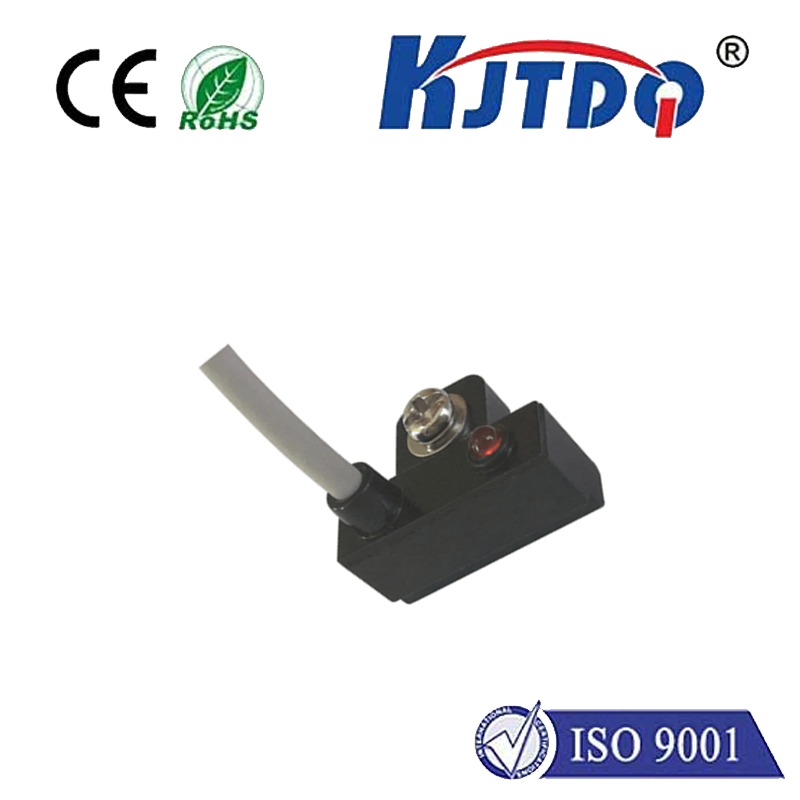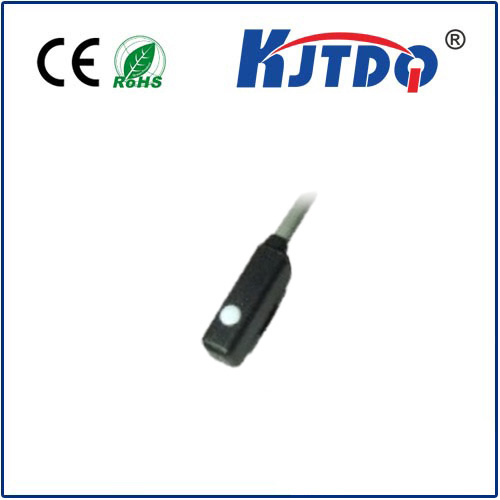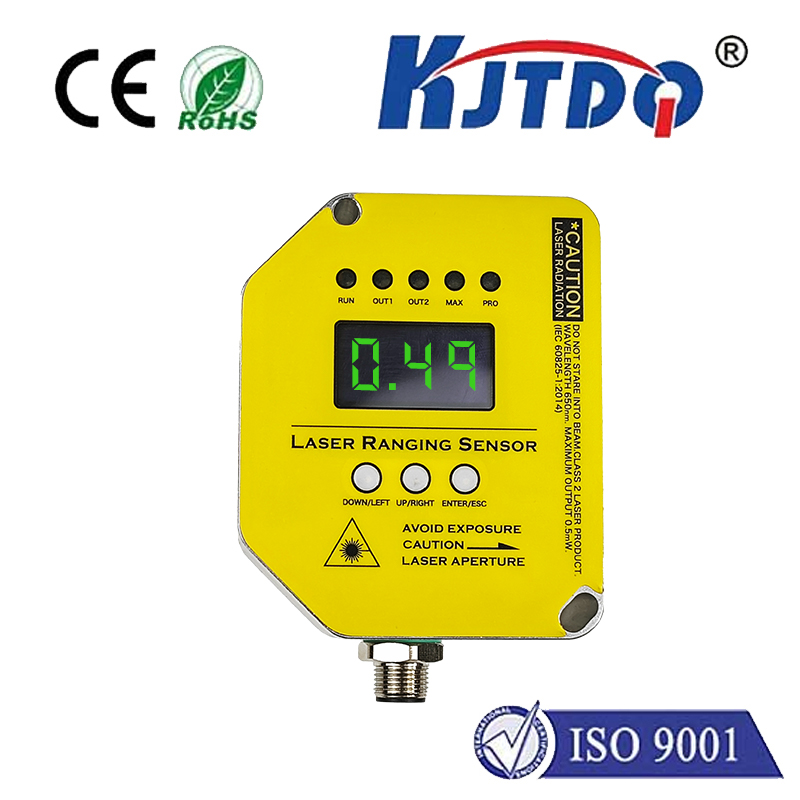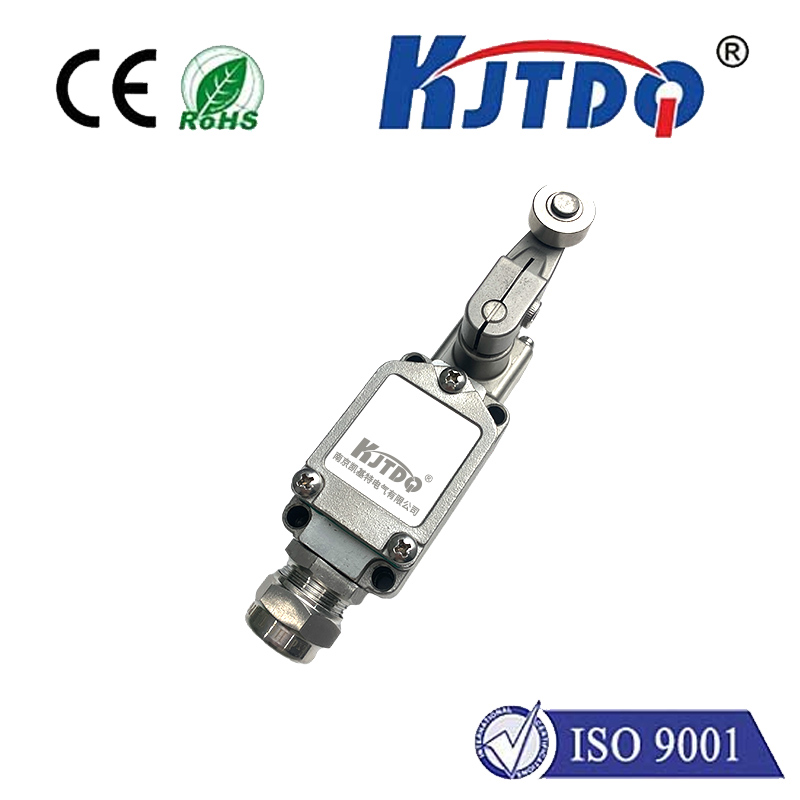optical led sensor
- time:2025-08-15 00:05:50
- Click:0
The Unsung Eyes of Modern Tech: Demystifying Optical LED Sensors
Look around you. The phone automatically dims its screen in sunlight? That’s likely an optical LED sensor. Your smartwatch detects a heartbeat? Optical LED technology at work. The hands-free faucet in a public restroom? Yep, another one. Optical LED sensors are the silent, ubiquitous observers integrating intelligence into countless devices, translating invisible light signals into meaningful data that makes our technology responsive and intuitive.
So, What Exactly is an Optical LED Sensor?
At its core, an optical LED sensor is an electronic component combining two fundamental elements: a Light Emitting Diode (LED) and a photodetector (like a photodiode, phototransistor, or photoresistor).** The LED emits light – often visible, infrared (IR), or ultraviolet (UV) depending on the application. This emitted light interacts with the target environment or object. The photodetector then senses the resulting light: whether it’s reflected back, transmitted through, absorbed, or scattered.
The Heartbeat: How Optical LED Sensors Operate

The working principle is elegant in its simplicity, relying on the interaction between emitted and received light:
- Emission: The integrated LED is energized, emitting a controlled beam of light towards the target.
- Interaction: This light interacts with its surroundings. For instance:
- In proximity sensing, light reflects off a nearby object.
- In ambient light sensing, ambient room light illuminates the sensor.
- In contrast detection, light reflects differently off light vs. dark surfaces.
- In heart rate monitoring (PPG), blood flow absorbs specific wavelengths of light differently.
- Detection: The photodetector captures the modified light signal (intensity, wavelength shift, time-of-flight). This is where the raw optical input becomes an electrical signal.
- Processing: Onboard or external circuitry amplifies and processes this electrical signal. Sophisticated algorithms often analyze changes in intensity, pulse timing, or spectral characteristics.
- Output: The processed signal generates an output – perhaps a simple digital on/off signal indicating presence/absence, an analog voltage proportional to light intensity, or complex data like heart rate or blood oxygen levels.
Where Optical LED Sensors Truly Shine: Key Applications
The versatility of optical LED sensors makes them indispensable across diverse fields:
- Consumer Electronics:
- Proximity Detection: Automatically turning off smartphone screens during calls to save battery and prevent accidental touches.
- Ambient Light Sensing (ALS): Dynamically adjusting screen brightness for optimal viewing and power efficiency.
- Gesture Recognition: Enabling touchless control in devices using patterned IR reflections.
- Heart Rate & Blood Oxygen Monitoring (PPG): Found extensively in fitness trackers and smartwatches.
- Industrial Automation & Robotics:
- Object Detection & Counting: Sensing products on conveyor belts or components in assembly lines.
- Color Sensing & Sorting: Differentiating objects based on reflected color.
- Contrast Detection: Reading barcodes, detecting labels, or identifying marks.
- Position Sensing: Detecting the presence/absence of parts or end-of-travel positions.
- Automotive Systems:
- Rain/Light Sensors: Automatically activating wipers or headlights based on ambient conditions.
- Driver Monitoring Systems (DMS): Detecting driver drowsiness or distraction using IR sensors.
- Proximity Sensing: For parking assistance systems.
- In-Cabin Ambient Lighting Control.
- Medical & Healthcare Devices: Beyond wearables, used in pulse oximeters, certain diagnostic equipment, and infusion pump sensors.
- Building Automation & Security:
- Occupancy Sensors: Turning lights on/off based on room presence.
- Smoke Detectors: Using optical chambers to sense smoke particles.
- Intrusion Detection: As part of beam-break security systems.
- Appliance Control: Hands-free operation of faucets, soap dispensers, trash cans, and automatic doors.
Choosing the Right Optical Sensor: Essential Considerations
Selecting the optimal optical LED sensor requires careful evaluation of several factors:
- Sensing Need: Precisely define what you need to detect (presence, distance, light level, color, heart rate, etc.). This dictates the sensor type (proximity, ALS, color, PPG, etc.) and required technology (e.g., IR for proximity, RGB for color).
- Operating Environment: Consider ambient light conditions (sunlight vs. darkness), potential contaminants (dust, moisture, oil), temperature extremes, and electromagnetic interference. IP ratings matter here.
- Range & Accuracy: Determine the required detection distance and the precision of the measurement needed.
- Response Time: How quickly must the sensor react to changes? Critical for high-speed applications like object counting.
- Power Consumption: Especially vital for battery-powered devices; low-power LED drivers and sleep modes are key.
- Output Signal: Does your system need a simple digital signal, an analog voltage, or a digital data stream (like I2C)? Match the sensor output to your microcontroller or processing unit.
- Size & Form Factor: Physical constraints of the end product heavily influence sensor choice.
- Cost: Balancing performance requirements with budget realities is always essential.
The Clear Advantages: Why Optical LED Sensors Dominate
The widespread adoption of optical sensors leveraging LEDs is no accident. They offer compelling benefits:
- Contactless Operation: Enables sensing without physical touch, reducing wear and tear and enabling hygiene-critical applications.
- High Speed & Precision: Capable of extremely fast response times and, with proper design, high measurement accuracy.
- Long Lifespan: LEDs and solid-state photodetectors are highly reliable and long-lasting compared to mechanical sensors.
- Low Power Consumption: Modern LED drivers and sensor ICs are designed for efficiency, crucial for portable devices.
- Compact Size & Design Flexibility: Miniaturization allows integration into tiny devices like wearables and smartphones. Many come as integrated modules simplifying design.
- Cost-Effectiveness: Mass production and technological advancements have driven costs down significantly.
- Versatility: As demonstrated by their vast application range, a single core principle (light emission and detection) can be adapted to solve myriad sensing challenges.
Looking Ahead: The Future Vision for Optical Sensing
The evolution of optical LED sensor technology continues at a rapid pace. We can anticipate trends like:
- Increased Integration: Combining multiple sensor types (e.g., proximity + ALS + gesture) into single, smarter modules.
- Enhanced Miniaturization: Shrinking footprints for next-generation wearable and implantable medical devices.
- Advanced Spectral Sensing: Moving beyond simple IR or visible light to analyze specific wavelengths for material identification or biochemical sensing.
- AI & Machine Learning Integration: Leveraging smarter algorithms on sensor data for more complex context awareness and predictive capabilities.
- Improved Power Efficiency: Further breakthroughs enabling years of operation on tiny batteries or energy harvesting.
- Time-of-Flight (ToF) Expansion: Wider adoption of ToF sensors (which measure the












